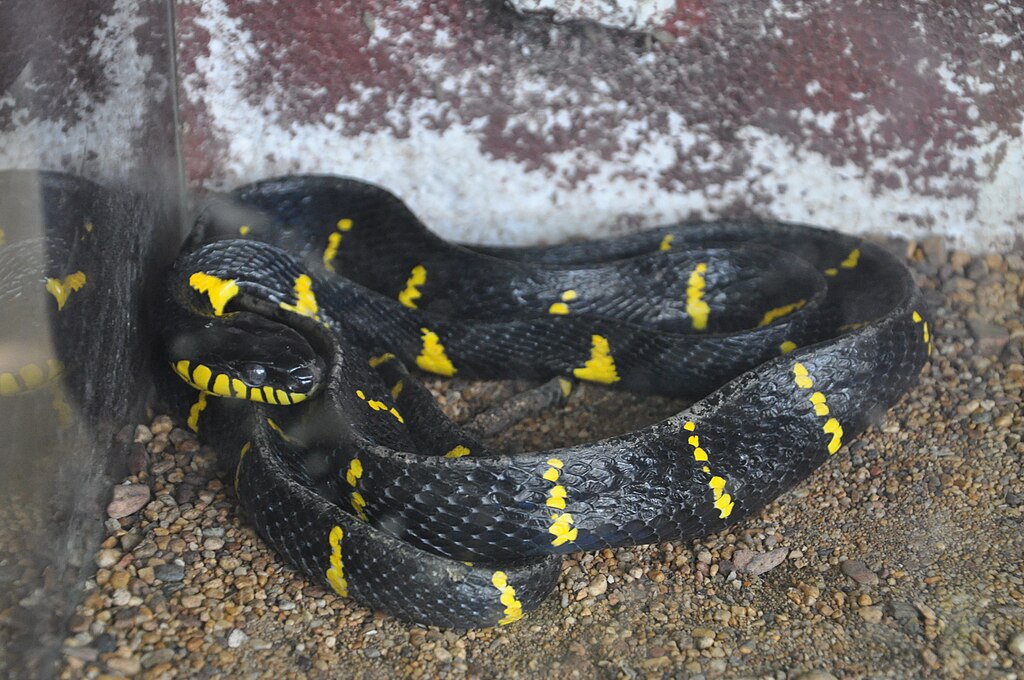Diurnal snakes, those active during daylight hours, have specific ultraviolet light requirements that directly impact their health, behavior, and overall well-being. Unlike their nocturnal counterparts, these species have evolved to utilize solar radiation for essential biological processes, including vitamin D synthesis and thermoregulation. Monitoring UV exposure in captive diurnal snakes represents a critical yet often overlooked aspect of reptile husbandry. Proper UV management can prevent numerous health issues, from metabolic bone disease to immune system dysfunction, while promoting natural behaviors and proper circadian rhythms. This comprehensive guide explores the importance of UV light for diurnal snakes and provides detailed methods for effectively monitoring and managing their exposure in captivity.
Understanding UV Radiation and Its Importance for Diurnal Snakes
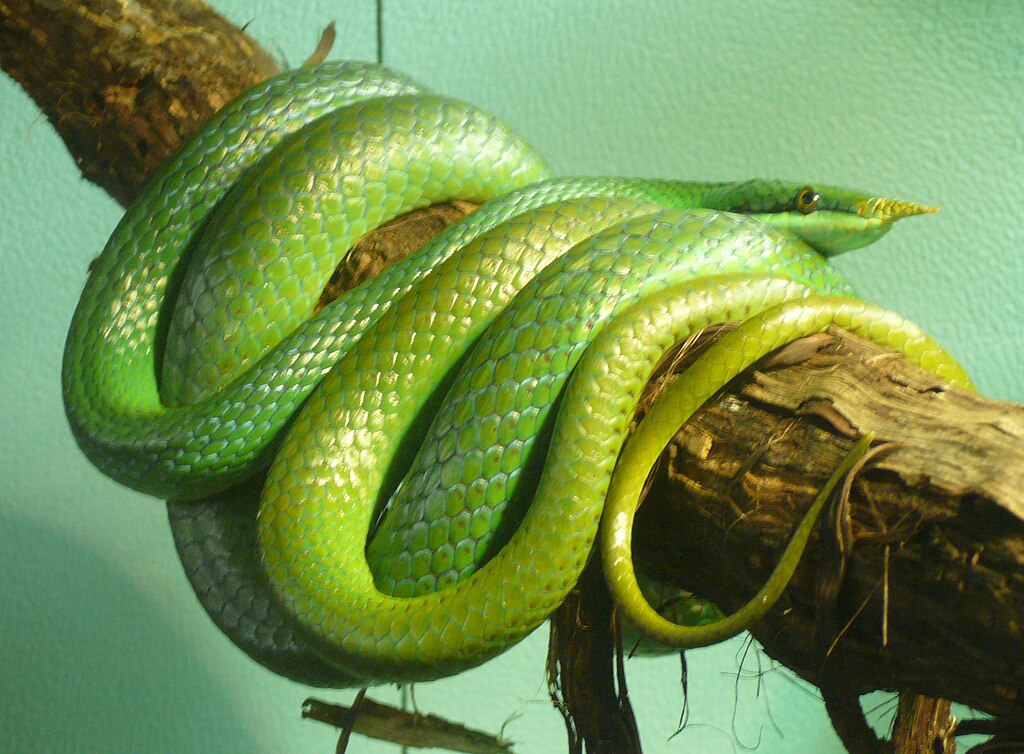
Ultraviolet radiation consists of three main types: UVA (315-400nm), UVB (280-315nm), and UVC (100-280nm), each playing different roles in snake physiology. UVB radiation is particularly crucial as it enables snakes to synthesize vitamin D3, which regulates calcium metabolism and promotes healthy bone development. UVA radiation, while not directly involved in vitamin D synthesis, influences behavioral patterns such as feeding, mating, and overall activity levels. Diurnal species like corn snakes, garter snakes, and many arboreal species have evolved specific adaptations to utilize and manage UV exposure in their natural habitats. Without adequate and appropriate UV exposure, captive diurnal snakes can develop serious health complications including metabolic bone disease, reproductive issues, and compromised immune function.
Identifying Naturally High-UV Species
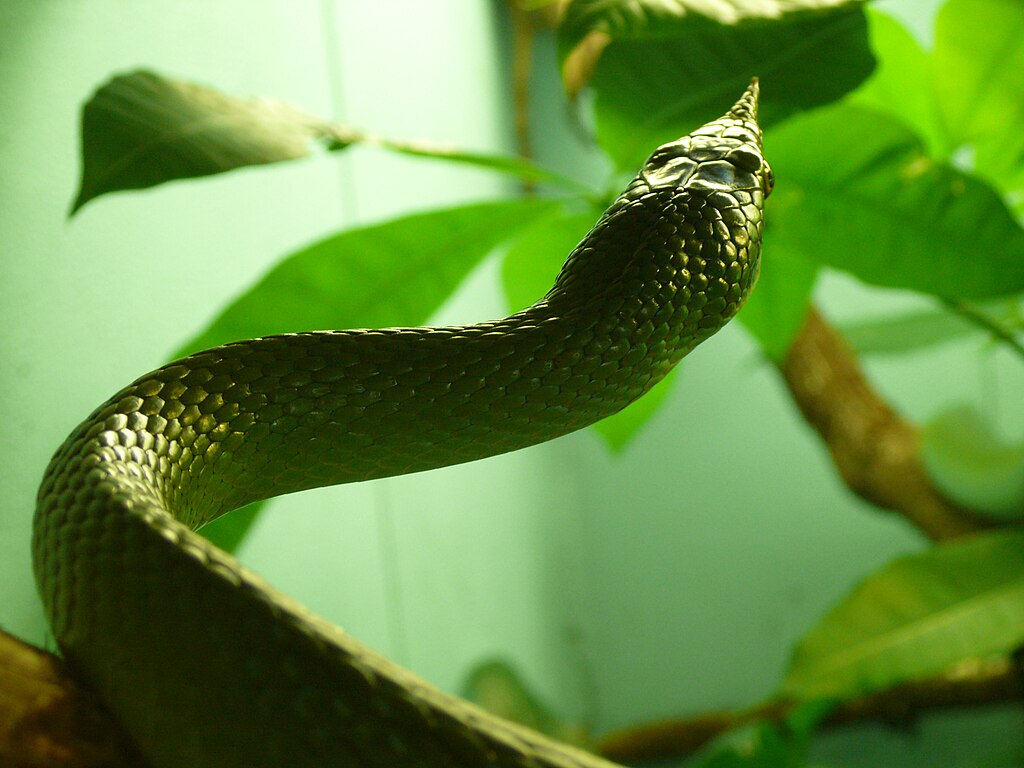
Not all diurnal snakes require the same level of UV exposure, making species identification crucial for proper care. Desert-dwelling species like rosy boas and certain rat snakes typically require higher UV levels, as they’ve evolved in environments with intense solar radiation. Arboreal species such as green tree pythons and emerald tree boas often bask in dappled sunlight filtering through forest canopies, requiring moderate but consistent UV exposure. Temperate species like garter snakes may need seasonal variations in UV intensity to mimic their natural environment. Understanding your specific snake’s natural habitat and evolutionary adaptations provides the foundation for creating an appropriate UV monitoring strategy and prevents both under-exposure and harmful over-exposure.
Signs of Inadequate UV Exposure
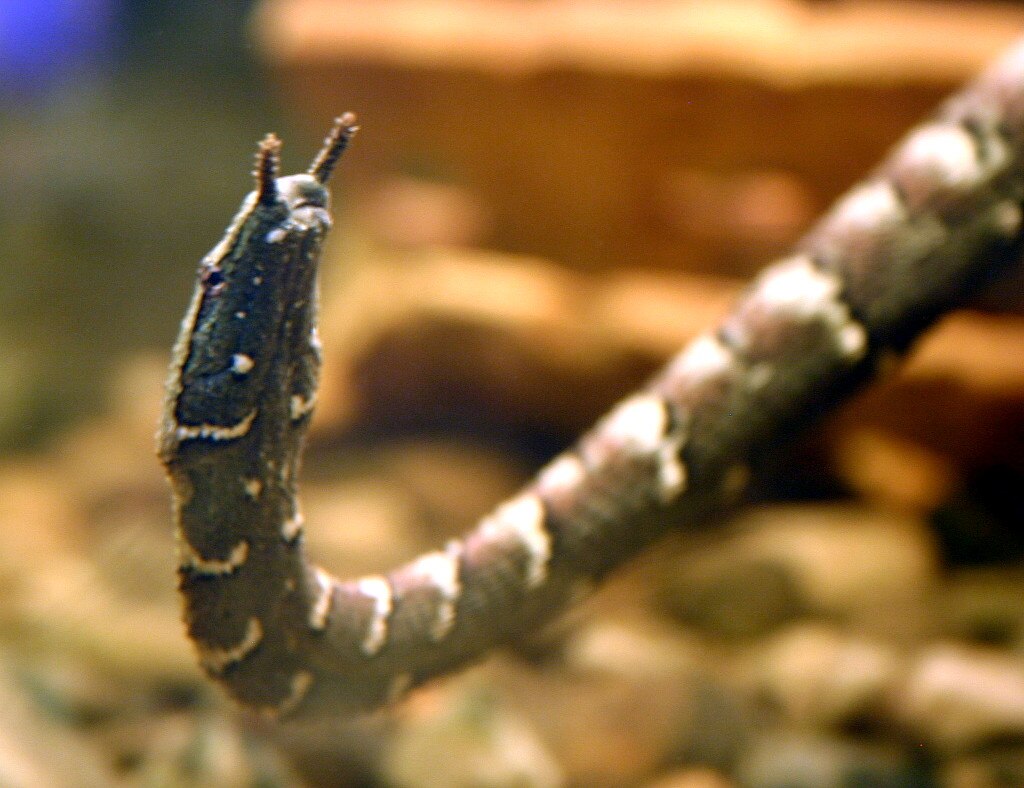
Recognizing symptoms of insufficient UV exposure allows for timely intervention before serious health complications develop. Early indicators often include behavioral changes such as decreased activity, reduced appetite, and abnormal hiding behavior during times when the snake would naturally be active. Physical symptoms may begin subtly with dull or abnormal shedding patterns, progressing to more serious manifestations like softening of the jaw (rubber jaw syndrome) or visible skeletal deformities. Advanced cases may present with tremors, difficulty moving, abnormal posturing, or pathological fractures resulting from weakened bones. Reproductive issues, including egg binding in females or reduced fertility, can also stem from chronic UV deficiency. Regular health assessments focused on these potential indicators should be incorporated into any comprehensive UV monitoring protocol.
Selecting the Right UV Measurement Tools
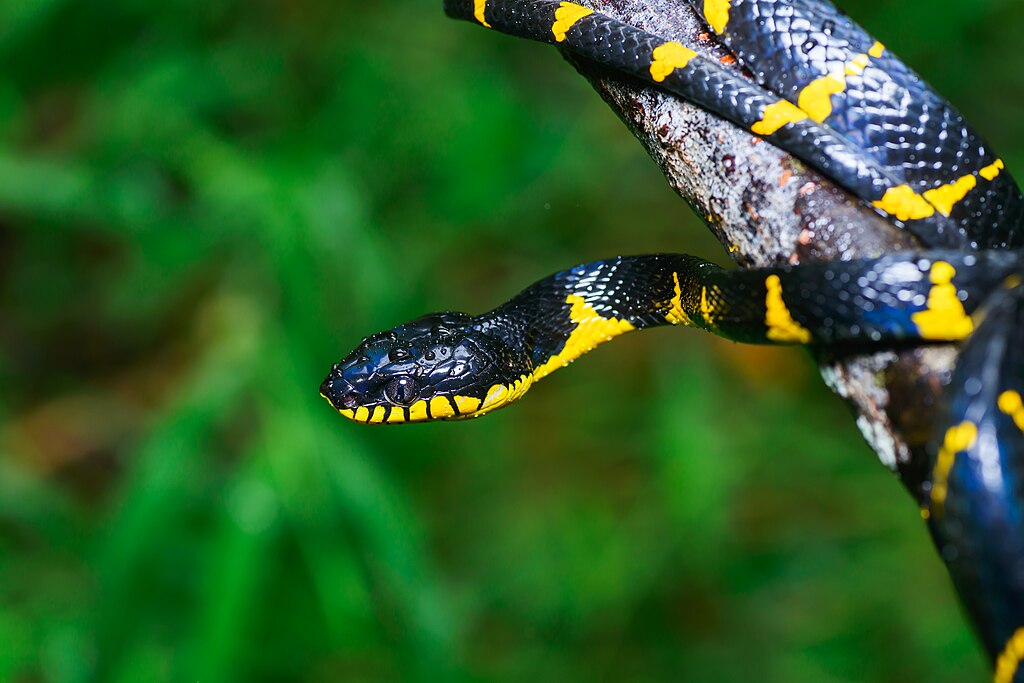
Effective UV monitoring requires appropriate measurement tools that provide accurate, actionable data about your snake’s environment. UV index meters, such as the Solarmeter 6.5 or the ZooMed Digital UV Index Radiometer, measure the UVB intensity specifically relevant to vitamin D synthesis. Spectrophotometers offer more comprehensive measurements across the full UV spectrum but typically come at a higher price point and may require more technical knowledge to interpret results. Temperature guns with UV detection capabilities provide a convenient way to simultaneously monitor both heat and UV gradients within the enclosure. For ongoing automated monitoring, data-logging UV meters can record exposure patterns over time, helping identify fluctuations that might otherwise go unnoticed. Investment in quality measurement tools represents an essential component of responsible husbandry for UV-dependent species.
Establishing UV Gradients in Enclosures

Creating appropriate UV gradients allows snakes to self-regulate their exposure through natural behaviors, mimicking their ability to move between sun and shade in the wild. The enclosure should include distinct zones ranging from high UV areas (typically 3.0-4.0 UVI for most diurnal species) to areas with minimal or no UV exposure where the snake can retreat when needed. Vertical gradients are particularly important for arboreal species, which naturally adjust their height to optimize UV exposure in their native habitats. Strategic placement of lighting, combined with carefully positioned branches, hides, and vegetation, creates these essential microclimates within the enclosure. Regular mapping of the UV gradient using a UV meter helps visualize the available options for the snake and identifies any problematic areas of excessive or insufficient exposure.
Monitoring UV Bulb Performance and Degradation
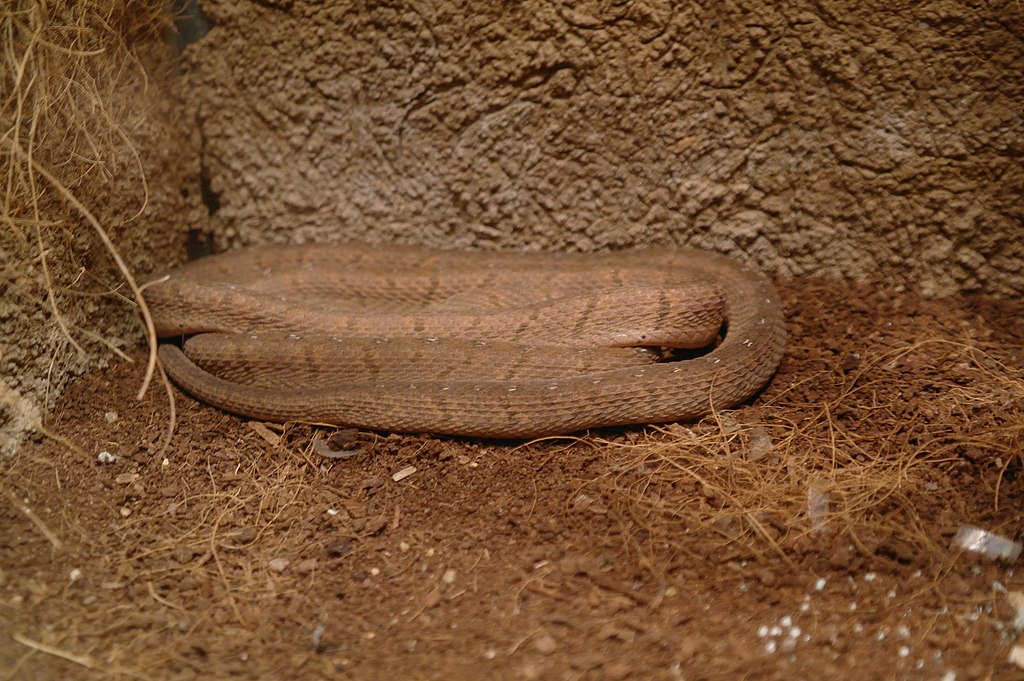
UV bulbs experience natural degradation over time, often producing significantly reduced UV output while still emitting visible light, creating a dangerous situation where caretakers may be unaware of insufficient UV levels. Most manufacturers recommend replacing reptile UV bulbs every 6-12 months, but actual degradation rates vary based on bulb quality, usage patterns, and environmental factors. Regular testing with a UV meter should be conducted at consistent intervals—weekly during initial setup, then monthly for established systems—to track output trends and identify when replacement becomes necessary. Measurements should be taken at the same distance and angle each time to ensure comparable results for trend analysis. Creating a simple UV output log with dates, readings, and bulb information provides valuable documentation for long-term monitoring and helps establish replacement schedules tailored to your specific setup.
Adjusting UV Exposure Based on Life Stage
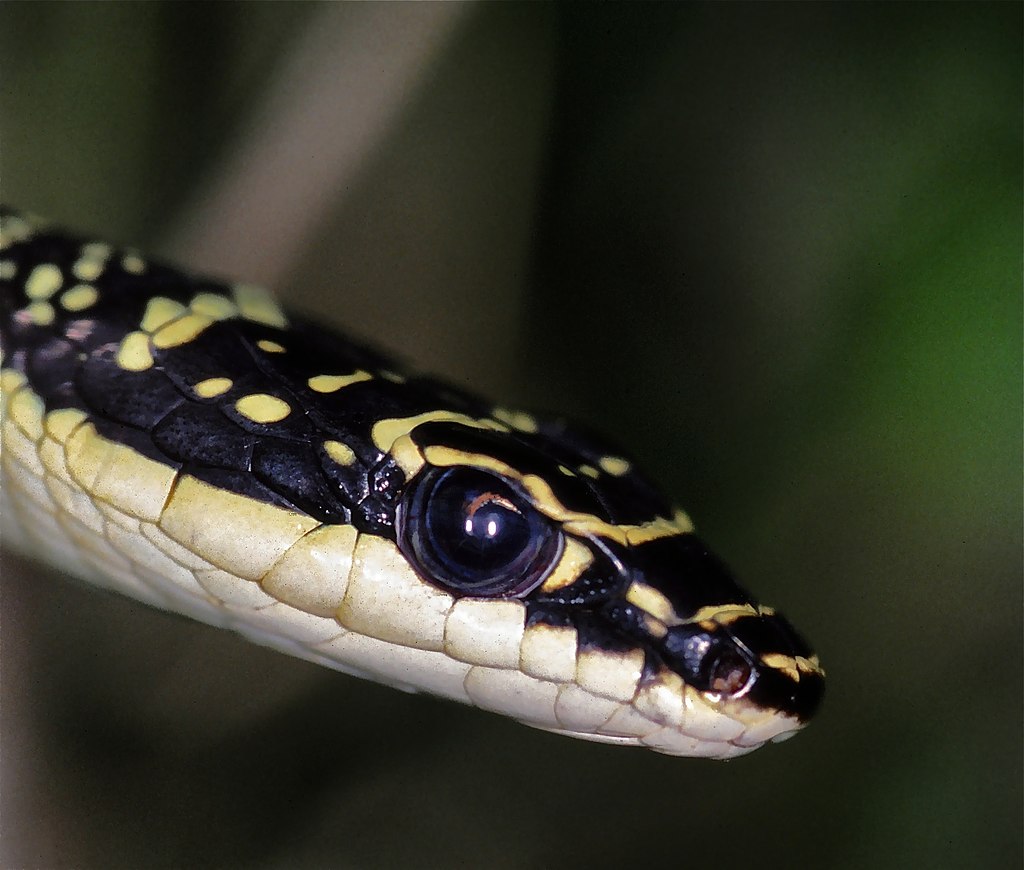
UV requirements change throughout a snake’s life cycle, necessitating adjustments to exposure protocols based on age and reproductive status. Juvenile snakes typically benefit from slightly higher UV levels than adults (approximately 0.5-1.0 UVI higher) due to their rapid growth and increased calcium requirements for bone development. Gravid females often exhibit increased basking behavior and may require enhanced access to UVB to support egg production and prevent calcium depletion. During brumation or seasonal dormancy periods, UV exposure should be gradually reduced to match the snake’s decreased metabolism and activity levels. Monitoring should intensify during these transitional periods, with more frequent measurements and careful observation of behavioral responses to ensure the adjustments appropriately meet the snake’s changing physiological needs.
Integrating Natural Sunlight Safely
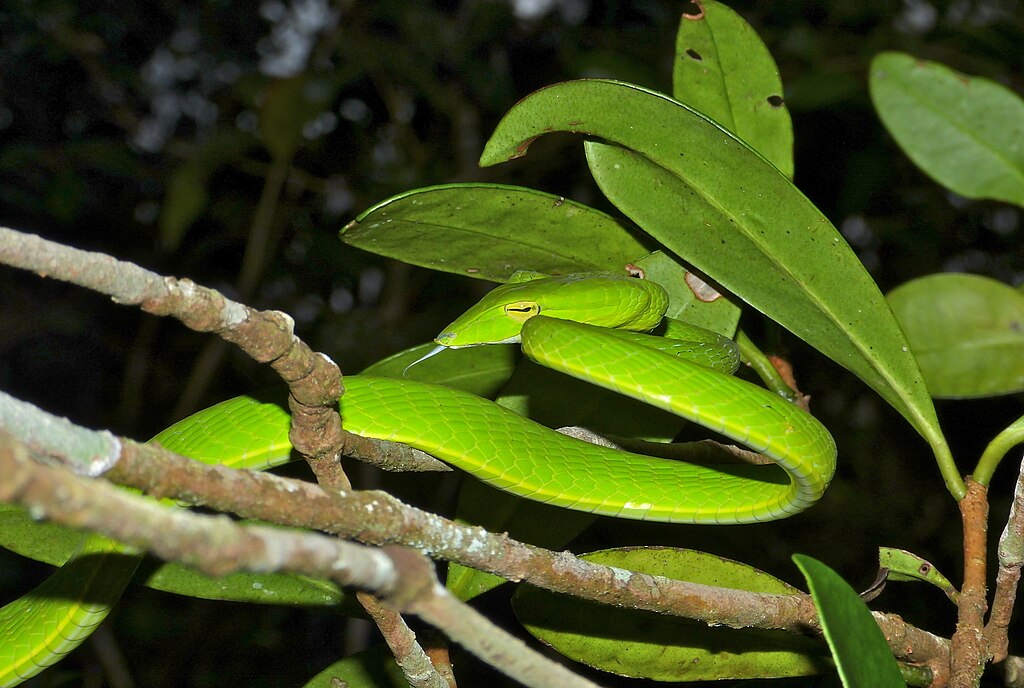
Natural sunlight provides the most complete spectrum of UV radiation and can significantly benefit diurnal snakes when used appropriately. Supervised outdoor sessions in secure, escape-proof enclosures offer excellent supplemental UV exposure, though careful monitoring is essential to prevent overheating. Glass and most plastics filter out beneficial UVB rays, so direct exposure requires specialized mesh or screen materials that allow UV penetration. A UV meter should be used to measure the actual exposure levels at different times of day and under various weather conditions, as UV intensity varies dramatically with factors like time, season, latitude, and cloud cover. Temperature and exposure duration must be closely monitored during outdoor sessions, with initial exposure limited to 15-30 minutes and gradually increased while watching for signs of stress or discomfort.
Creating a UV Exposure Documentation System
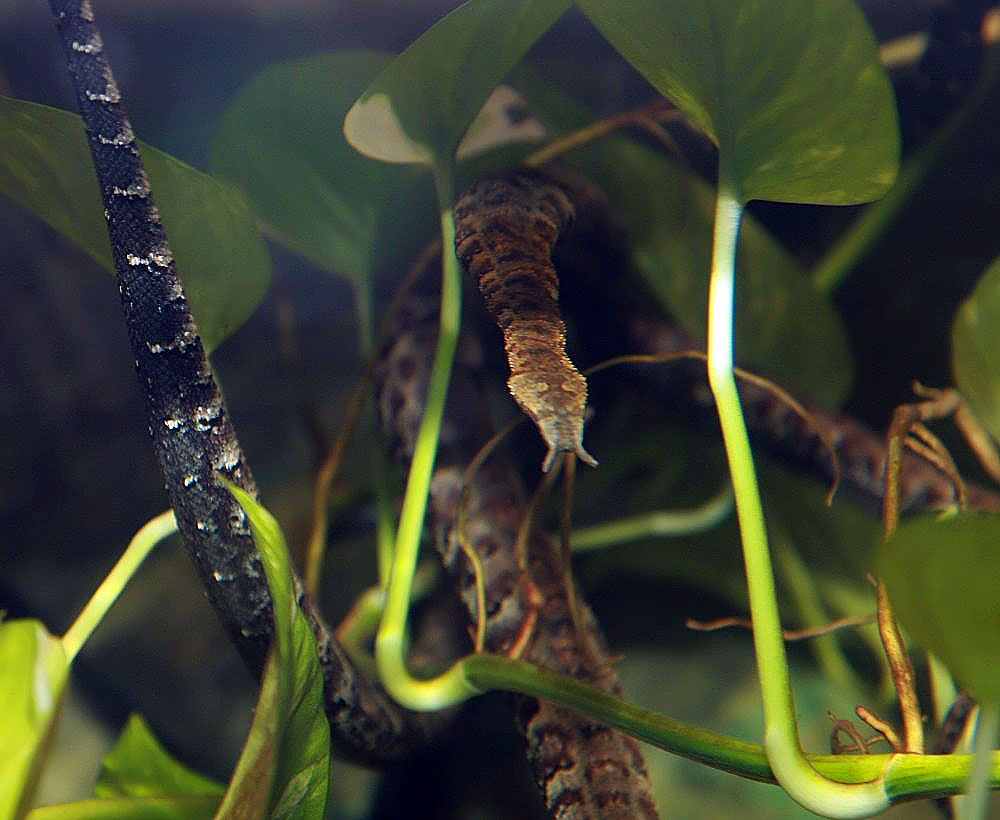
Systematic documentation of UV levels, exposure durations, and observed behaviors provides invaluable data for optimizing your snake’s health and preventing problems before they develop. A comprehensive UV monitoring log should include daily readings from multiple locations within the enclosure, notations about bulb age and replacement dates, and behavioral observations correlated with UV changes. Digital solutions like spreadsheets or specialized reptile husbandry apps can facilitate data analysis and help identify patterns over time. Photographic documentation of the snake’s appearance and behavior at regular intervals creates a visual record that can reveal subtle changes potentially related to UV exposure. Sharing this documentation with veterinarians during regular check-ups provides them with critical information for assessing overall health status and making appropriate recommendations for care adjustments.
Balancing UV Exposure with Temperature Requirements

The relationship between UV exposure and temperature management creates complex thermoregulatory considerations for captive snakes. Most UV bulbs emit heat alongside ultraviolet radiation, potentially creating hotspots that exceed safe temperature thresholds for the species. Strategic positioning of heat sources separate from UV sources allows for more precise control over both parameters and prevents forced exposure to excessive UV when the snake merely seeks warmth. Temperature gradients should be mapped alongside UV gradients to ensure they complement rather than conflict with each other. Monitoring systems that integrate both temperature and UV measurements provide the most comprehensive picture of the snake’s microenvironment and help identify potentially problematic interactions between these crucial environmental factors.
Seasonal Adjustments to UV Monitoring Protocols

Many diurnal snake species naturally experience seasonal variations in UV exposure in their native habitats, making seasonal adjustments in captivity important for replicating natural cycles. Summer protocols might include increased UV intensity (30-50% higher than baseline) and longer exposure periods (10-12 hours) to simulate longer, more intense daylight periods. Winter adjustments typically involve reduced intensity (20-40% lower than baseline) and shorter photoperiods (8-10 hours) to mirror natural seasonal changes. Transitional periods (spring and fall) should feature gradual adjustments rather than abrupt changes, with more frequent monitoring to ensure the snake is adapting appropriately. These seasonal modifications support natural breeding cycles, encourage proper hormone production, and contribute to overall psychological well-being through environmental enrichment that mimics natural patterns.
Troubleshooting Common UV Monitoring Challenges
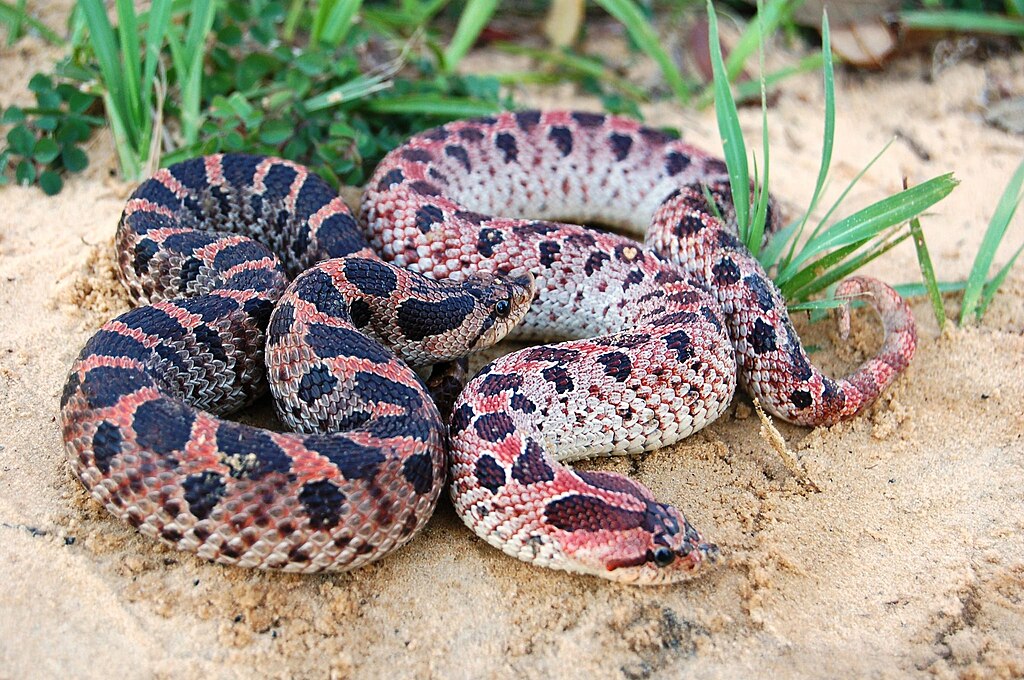
Even well-designed UV monitoring systems may encounter challenges requiring specific troubleshooting approaches to maintain optimal conditions. Inconsistent readings across the enclosure often indicate interference from reflective surfaces or improper fixture placement, requiring repositioning of either the lighting or the materials causing reflection. Rapidly declining UV output despite a relatively new bulb typically suggests either a defective product or incompatible fixture that may be filtering beneficial wavelengths. Snakes consistently avoiding UV zones while showing signs of deficiency may indicate excessive UVA/UVB ratio or too intense exposure, requiring adjustments to create more moderate basking options. Seasonal affective behavior changes despite appropriate UV adjustment might suggest that other environmental factors need modification, such as humidity, substrate, or feeding schedules to complement the UV protocol.
Working with Veterinarians to Validate UV Protocols
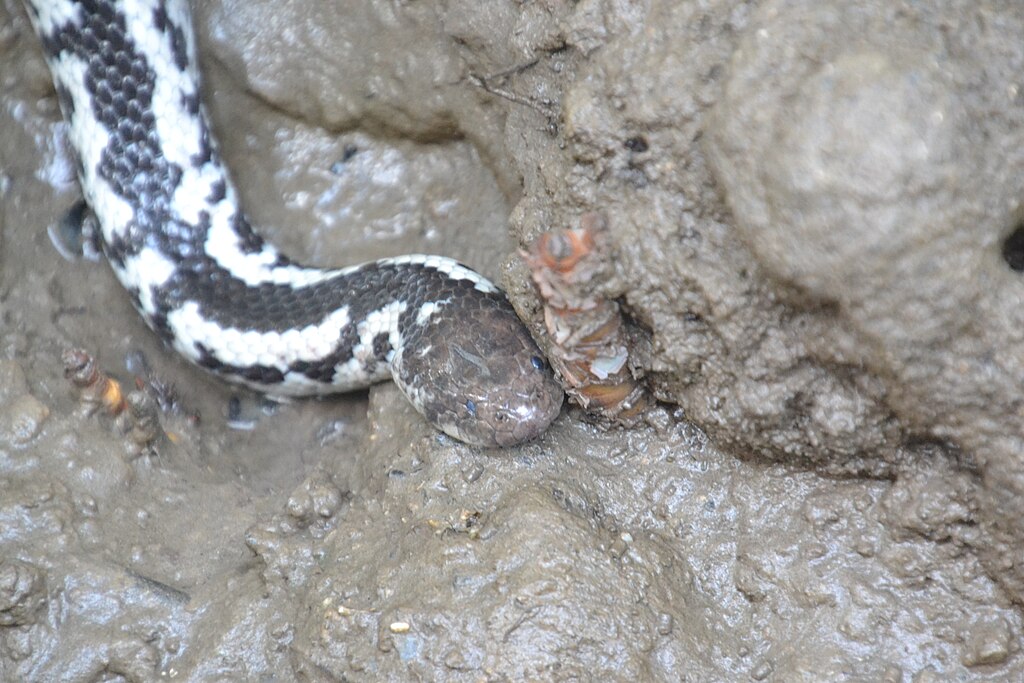
Collaboration with reptile-experienced veterinarians provides crucial validation for your UV monitoring approach through objective health assessments. Routine blood tests can evaluate vitamin D levels and calcium metabolism, providing direct biological feedback about the effectiveness of your UV management strategy. Radiographs may be recommended periodically to assess bone density and structure, particularly in juveniles or breeding females with higher calcium demands. Pre-emptive veterinary consultations before making significant changes to UV protocols can help identify species-specific considerations and potential risks. Bringing your UV monitoring logs and measurement devices to veterinary appointments allows for professional review of your methods and provides context for any health concerns that might arise, creating a collaborative approach to optimizing your snake’s UV exposure.
UV monitoring for diurnal snakes represents an essential intersection of science and animal husbandry, requiring both technical knowledge and careful observation. By implementing comprehensive monitoring protocols, keepers can provide their snakes with the environmental conditions necessary for optimal health while preventing the complications associated with improper UV exposure. The investment in appropriate measurement tools, consistent documentation practices, and regular veterinary validation pays dividends in the form of thriving, behaviorally appropriate animals displaying their natural beauty and behaviors. As our understanding of reptile physiology continues to evolve, so too will our approaches to UV monitoring, but the fundamental principle remains constant: replicating the beneficial aspects of natural sunlight while minimizing risks remains one of the most important responsibilities for those caring for these remarkable diurnal species.

